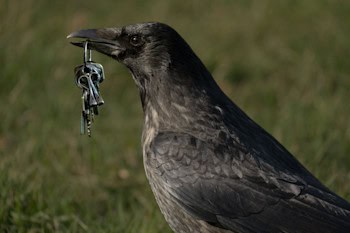In a world where human-animal relationships are often straightforward—we feed our pets, they show affection in return—there exists a fascinating phenomenon that transcends typical interspecies interactions. Wild crows, renowned for their remarkable intelligence, have been documented leaving “gifts” for humans who have earned their trust. These corvid offerings—ranging from shiny trinkets to colorful objects—represent something extraordinary: a wild animal choosing to reciprocate kindness without domestication or training. This behavior has captured the imagination of scientists and bird enthusiasts alike, suggesting cognitive and social capabilities in crows that challenge our understanding of animal consciousness. Through numerous documented cases across the globe, these avian gift-givers have demonstrated that the boundary between human and animal relationships may be more permeable than we once thought, opening a window into the complex emotional lives of one of nature’s most intelligent birds.
The Remarkable Intelligence of Crows
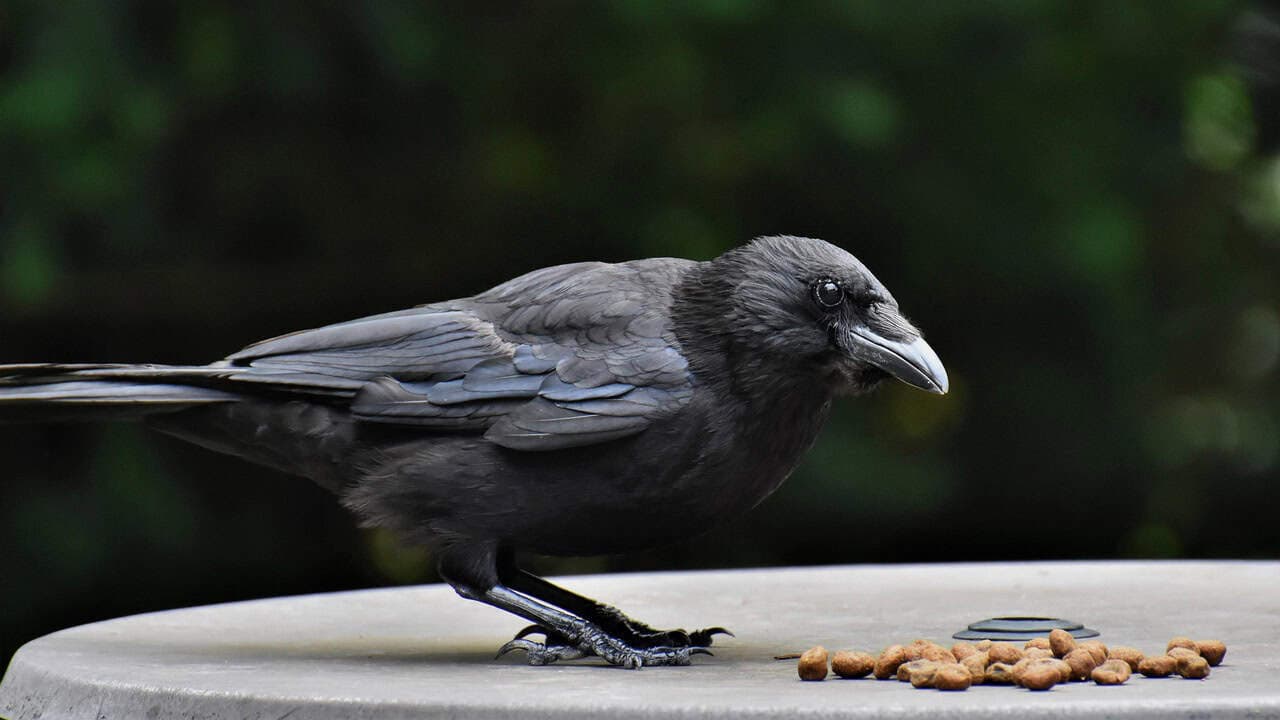
Crows belong to the corvid family, which includes ravens, jays, and magpies—birds consistently ranked among the most intelligent animals on Earth. Their brain-to-body size ratio rivals that of great apes and is only slightly lower than humans. This neural architecture supports impressive cognitive abilities, including tool use, problem-solving, facial recognition, and even understanding of causality. Studies have shown that crows can craft tools from raw materials, remember specific human faces for years, and pass knowledge to future generations—abilities once thought unique to primates.
Their intelligence extends beyond practical skills into the realm of social cognition. Crows maintain complex social structures and demonstrate behaviors suggesting theory of mind—the ability to attribute mental states to others. They can reason about what other crows or humans might be thinking or intending. This advanced cognitive framework provides the foundation for their ability to form relationships with humans that transcend instinctual interactions, potentially explaining their gift-giving behavior as a sophisticated form of social reciprocity rather than simple conditioning.
Documented Cases of Crow Gift-Giving
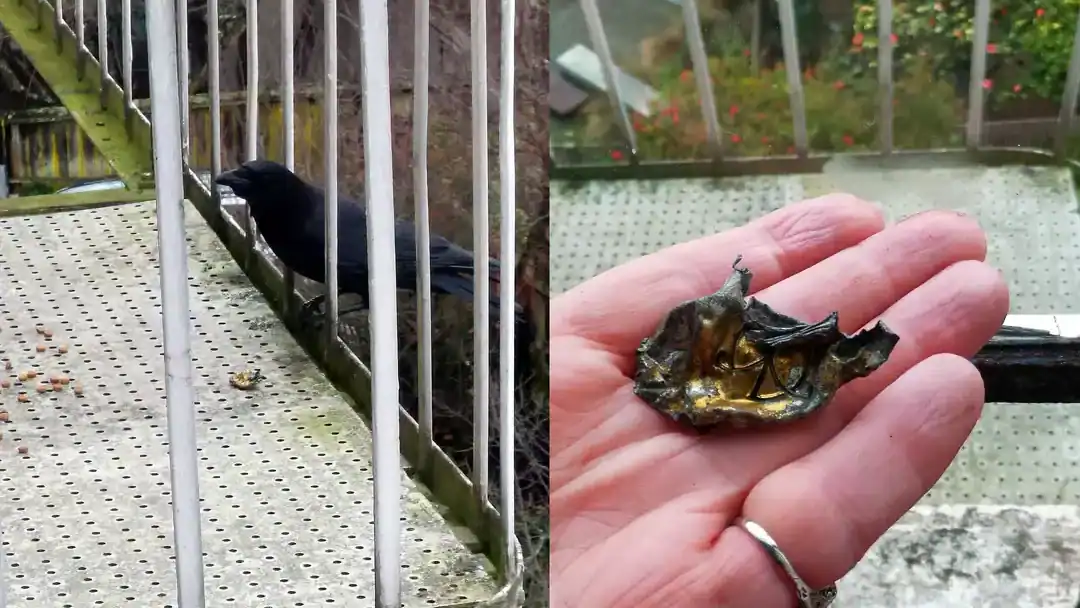
One of the most famous documented cases involves eight-year-old Gabi Mann from Seattle, who began feeding crows in her garden regularly in 2011. Over time, the birds began depositing small objects on the bird feeder after taking the food—trinkets including colorful glass, metal screws, buttons, paper clips, and even a pearl-colored heart. Each item appeared deliberately selected and placed, suggesting intentional gift-giving rather than random dropping. Wildlife experts who studied the case noted that the crows specifically brought objects when Gabi was present, strengthening the theory that these were intentional offerings.
Similar stories have emerged worldwide. In 2014, a San Francisco artist who fed local crows began receiving small, shiny objects on her windowsill. In the UK, a family reported receiving small pebbles, pieces of glass, and even a lost earring from crows they had fed for years. These cases share common elements: consistent interaction with specific humans, regular feeding, and the eventual reciprocation with non-food items that the crows appeared to have collected specifically for their human benefactors.
The Science Behind Crow Gift-Giving
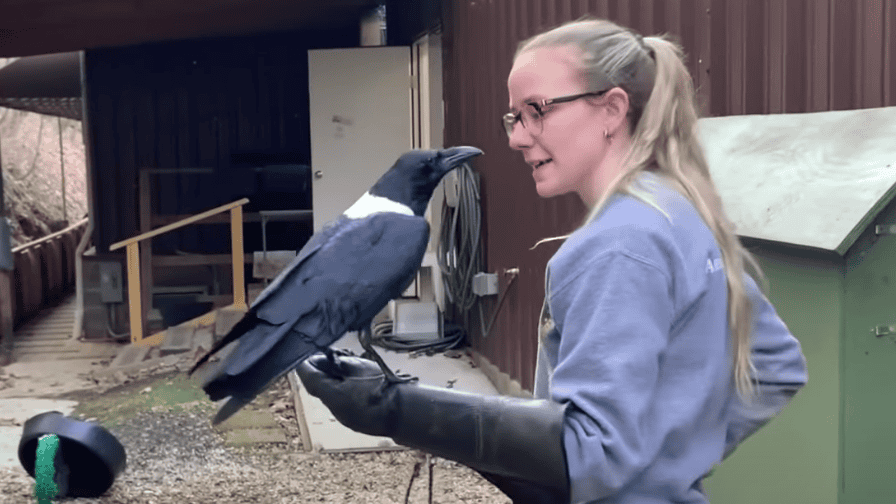
While anecdotal evidence of crow gift-giving is plentiful, scientists have approached the phenomenon with methodical study. Research led by John Marzluff at the University of Washington has demonstrated that crows not only recognize individual human faces but form lasting associations—positive or negative—based on interactions. This cognitive capability provides the foundation for the trust relationship prerequisite to gift-giving behavior. Neurological studies show that when crows recognize a human who has previously threatened them, their brain activity patterns resemble those seen in mammals experiencing fear, while friendly faces trigger different neural responses.
The scientific explanation for gift-giving likely involves a combination of natural behaviors modified by experience with humans. In the wild, crows exchange objects during courtship and social bonding. They’re naturally attracted to novel and shiny items, collecting interesting objects as part of their exploratory behavior. When they associate humans with food and safety, they may transfer these natural behaviors to human relationships. However, researchers emphasize that this doesn’t diminish the significance of the behavior—it remains a remarkable example of inter-species communication and social reciprocity.
Building Trust with Crows
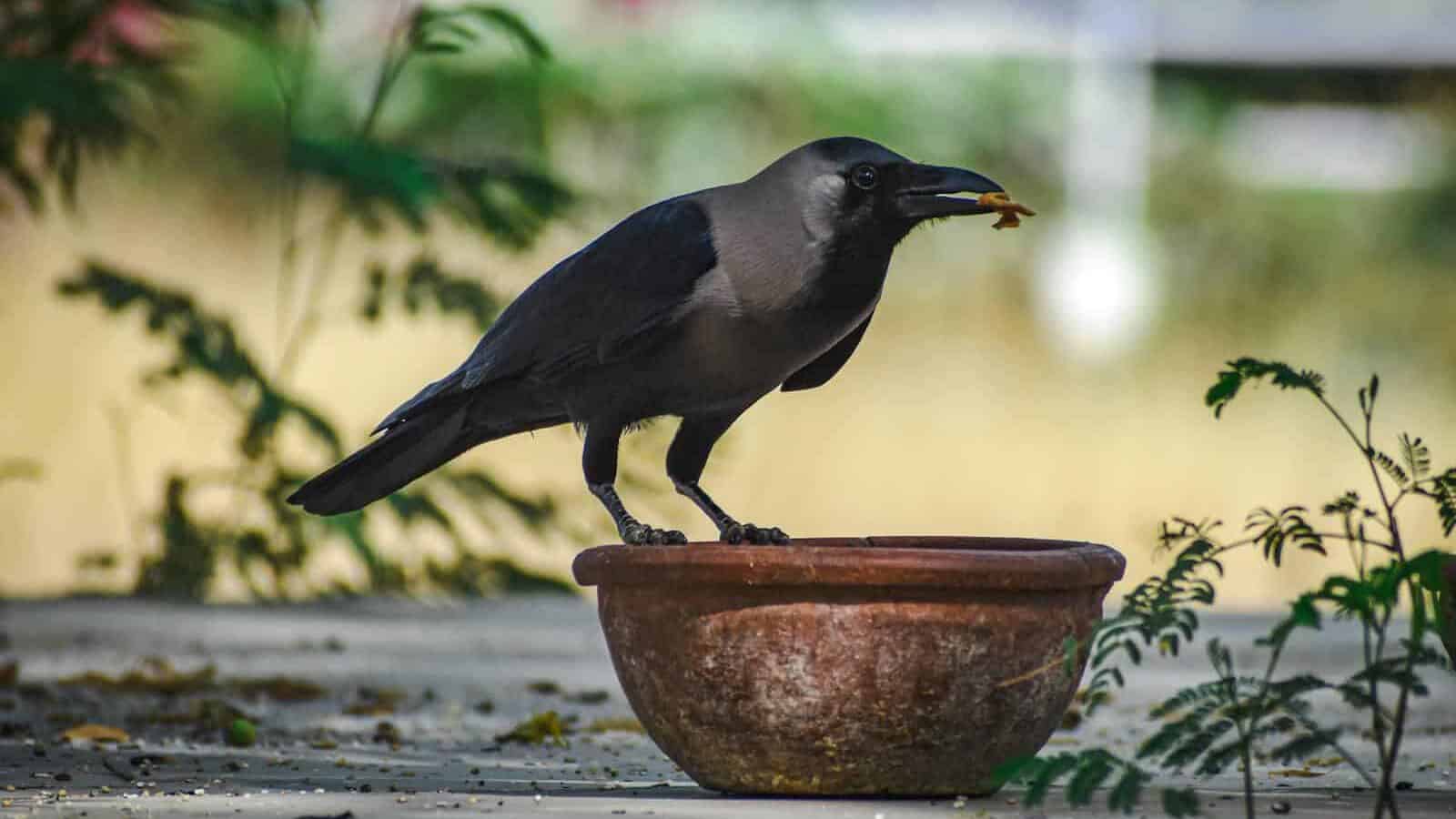
Establishing a relationship with wild crows requires patience and consistency. Experts recommend beginning with regular feeding at the same time each day. High-protein foods like unsalted peanuts, eggs, or cat food are preferred over bread or processed foods. Maintaining distance initially is crucial—crows are naturally wary and will avoid approaching if they feel threatened. Speaking softly in the same tone during feedings helps them recognize you as non-threatening. Conservation biologists emphasize that this process can take months or even years, as crows are cautious by nature and slow to form new trust relationships.
The trust-building process is enhanced when humans respect crow boundaries and natural behaviors. Avoiding sudden movements, maintaining predictable routines, and never attempting to touch or capture the birds are essential practices. Those who have successfully formed relationships with crows report that the birds eventually recognize their cars, their walking patterns, and even their schedule—sometimes waiting at windows or following trusted humans through neighborhoods. This level of recognition precedes any gift-giving behavior and represents the foundation of the inter-species relationship.
Types of Gifts Crows Typically Leave
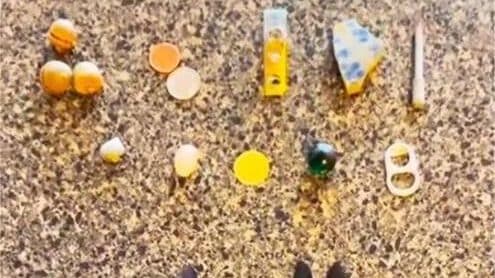
The objects crows select as “gifts” provide fascinating insights into their perception and values. Most commonly, they bring shiny objects that catch light—pieces of foil, small metal objects, broken jewelry, and fragments of glass with interesting colors or reflective properties. This preference aligns with their natural attraction to glistening items, which may have evolutionary roots in identifying water sources or potential food. Some researchers suggest that because crows themselves are attracted to these objects, they may assume humans share this preference—a primitive form of empathetic thinking.
Beyond shiny items, crows have been documented bringing unusual natural objects—unique pebbles, interesting twigs, colorful leaves, and even small bones. In several documented cases, crows have returned lost objects belonging to their human benefactors, including camera lens caps, earrings, and keys. While skeptics might attribute this to coincidence, researchers point out that the statistical unlikelihood of such specific returns suggests intentionality. Perhaps most touching are cases where crows have brought objects that seem to have no utilitarian value but might have emotional significance—such as small flowers or unusually shaped sticks—suggesting an understanding that goes beyond simple material exchange.
The Meaning Behind Crow Gifts
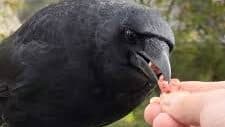
The interpretation of crow gift-giving behavior spans scientific restraint and more expansive possibilities. From a strictly behavioral perspective, these offerings may represent displaced courtship behavior or resource sharing instincts redirected toward humans who provide food. Crows naturally exchange objects within their social groups and during mating rituals—behaviors that might extend to humans they consider part of their expanded social circle. Some ethologists suggest the behavior demonstrates a form of calculated reciprocity—an “if you help me, I’ll help you” relationship that benefits both species.
More interpretive perspectives suggest that crow gifts represent genuine appreciation or even affection. While scientists caution against anthropomorphizing animal behavior, the growing body of research on animal emotions indicates that advanced social species experience complex emotional states that may include gratitude and affection. The selective nature of the gifts—often objects that required effort to locate and transport—suggests more than random behavior. The fact that gift-giving occurs only with humans who have established long-term positive relationships further supports the theory that these offerings represent a form of social bonding that transcends simple food acquisition.
Crow Memory and Recognition
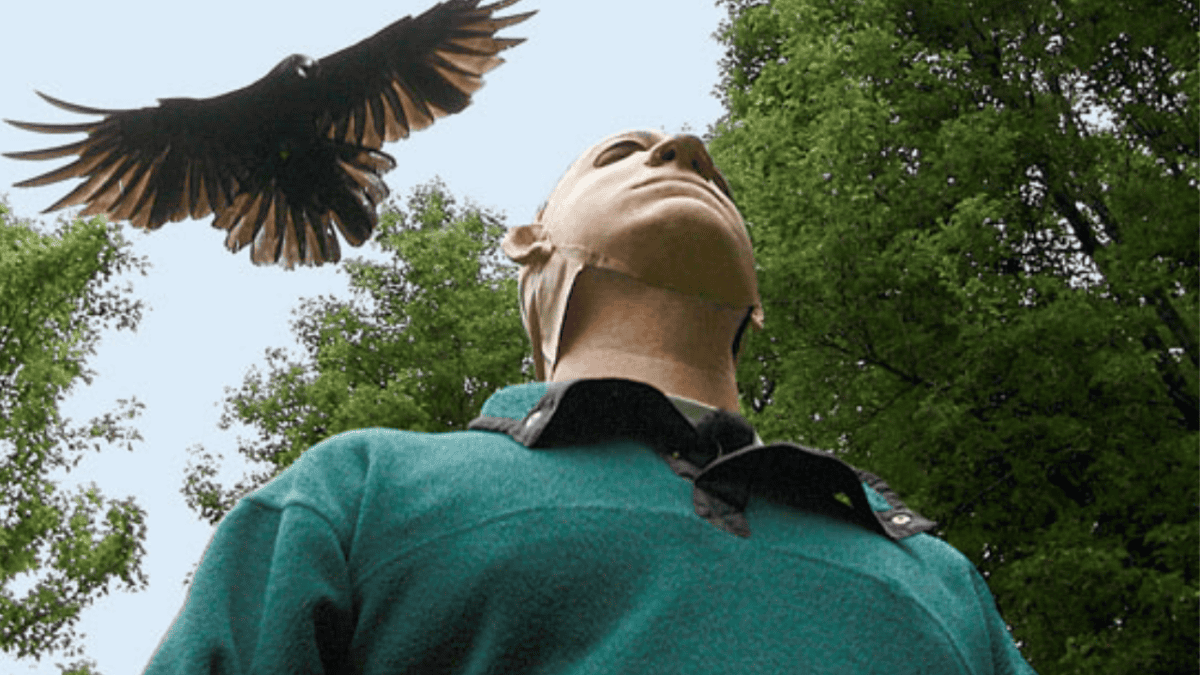
The foundation of crow gift-giving rests on their extraordinary memory and recognition capabilities. Studies have conclusively proven that crows can identify individual human faces and remember interactions for years—possibly their entire lives. In groundbreaking research at the University of Washington, scientists wore specific masks while capturing and banding crows. Years later, crows that had never been captured themselves but had merely witnessed the original events would mob and scold researchers wearing those same masks, demonstrating both recognition and the social transmission of information across generations.
This recognition extends beyond facial features to identifying specific cars, homes, routines, and even the sound of particular human voices. Crows can distinguish between people who have fed them and those who have threatened them, even when those people change clothing or appear in different contexts. This sophisticated neural mapping of human identities allows crows to form specific relationships with individual people rather than generalizing about all humans. Their ability to maintain these recognition patterns over years explains how they can consistently identify their human benefactors and choose to bring gifts specifically to those individuals who have earned their trust.
Crow Social Structures and Gift Economy

To understand crow gift-giving to humans, it’s helpful to examine their natural social behaviors. Crows maintain complex family structures, typically living in family groups that may include offspring from previous years who help raise new nestlings. Within these groups, resource sharing and object exchange play important roles in maintaining social bonds. Young crows present food or objects to potential mates, and family members share discoveries of food sources. This natural “gift economy” forms the behavioral template that may extend to human relationships.
Importantly, crows exhibit what ethologists call “calculated reciprocity”—they remember which individuals have helped or harmed them and adjust their behavior accordingly. They preferentially share resources with those who have shared with them in the past and withhold cooperation from those who have cheated or threatened them. When crows bring gifts to humans, they may be incorporating these humans into their existing social framework of reciprocal exchange. The selective nature of their gift-giving—bringing items only to specific humans who have demonstrated consistent kindness—aligns with their natural tendency to cultivate beneficial relationships through strategic resource sharing.
Ethical Considerations of Crow Relationships
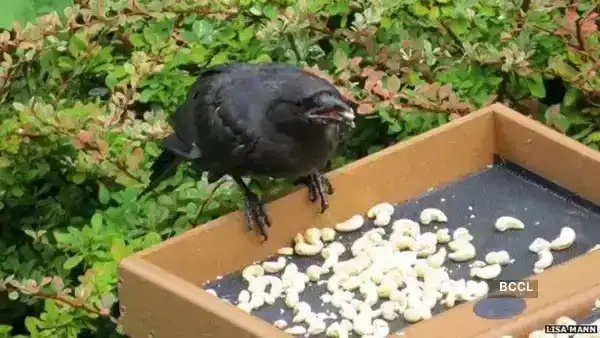
While forming relationships with wild crows can be rewarding, it raises important ethical considerations. Wildlife biologists caution against creating dependency, emphasizing that supplemental feeding should remain just that—supplemental rather than replacing the crows’ natural foraging behavior. Providing appropriate foods in moderate amounts helps prevent nutritional imbalances or unhealthy dependencies. Experts recommend unsalted nuts, eggs, some meats, and commercial crow or bird feed while avoiding bread, processed foods, and anything containing salt or artificial additives.
Conservation ethicists also highlight the importance of respecting crow autonomy and natural behaviors. Attempting to tame wild crows, keeping them as pets (which is illegal in most jurisdictions), or encouraging behaviors solely for human entertainment contradicts the spirit of genuine inter-species appreciation. The most ethical approach involves creating opportunities for mutual benefit while allowing the crows to determine the nature and extent of the relationship. Those who receive crow gifts are encouraged to view them as unexpected bonuses of a respectful relationship rather than training crows specifically to bring objects.
Cultural Perspectives on Crow Relationships
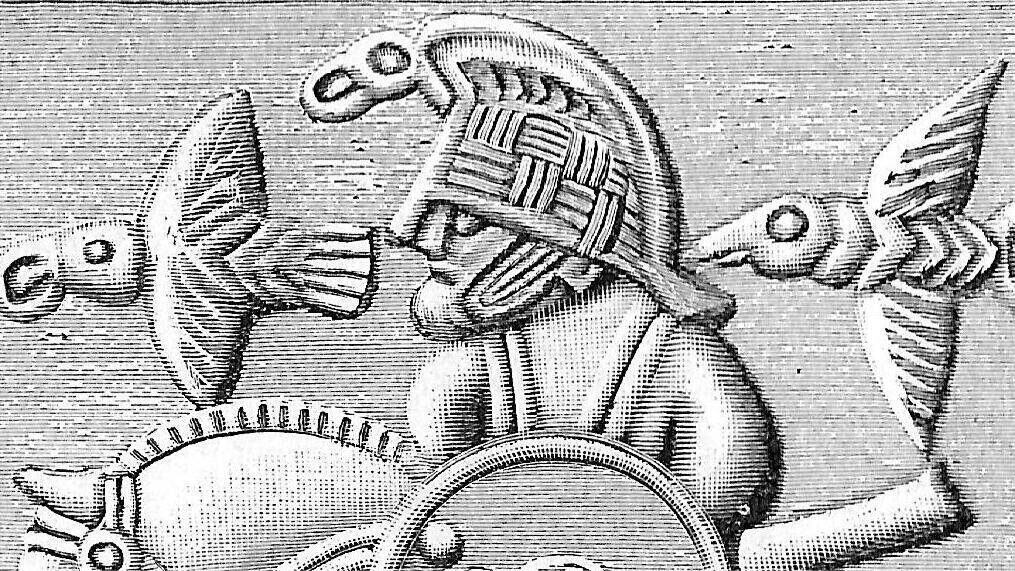
Across human cultures, crows have occupied significant mythological and symbolic positions—often as messengers between worlds, tricksters, or bearers of wisdom. In Norse mythology, Odin’s ravens Huginn and Muninn (representing thought and memory) brought him information from across the world. Native American traditions variously view crows as creators, messengers, or transformative beings. Japanese folklore considers crows protective spirits and messengers of the gods. These cultural narratives reflect long-standing human recognition of crow intelligence and their seeming ability to cross boundaries between the human and natural worlds.
These cultural frameworks provide context for contemporary crow-human relationships. When modern humans receive gifts from crows, they participate in a tradition of human-corvid interaction stretching back millennia. Contemporary accounts often reflect this sense of specialness and meaning, with gift recipients describing feelings of being “chosen” or specially recognized by the birds. The scientific understanding of crow cognition doesn’t diminish these cultural interpretations but rather enriches them, suggesting that these ancient human intuitions about crow intelligence had biological foundations that science is only now confirming.
Other Animals That Leave Gifts

While crows have received the most scientific attention for gift-giving behavior, they’re not the only wild animals that appear to offer presents to trusted humans. Dolphins have been documented bringing objects like shells, rocks, and even man-made items to humans with whom they’ve formed relationships. At several marine research facilities, dolphins regularly bring items to specific researchers, sometimes even retrieving objects from deep water that would be inaccessible to humans. Like crows, dolphins possess high intelligence, complex social structures, and the ability to recognize individual humans.
In domestic settings, cats famously bring “gifts” to their owners, though these typically take the form of hunting trophies. While this behavior differs from crow gift-giving in that it likely stems from teaching hunting behaviors to what cats perceive as incompetent members of their social group, it still represents a form of resource sharing based on relationship. Primates in sanctuaries have also been observed offering food or objects to caretakers they trust. The emergence of similar behaviors across species with advanced social cognition suggests that reciprocal gift-giving may be a convergent behavior that develops whenever animal intelligence reaches certain thresholds and regular positive interaction with humans occurs.
The Continuing Mystery of Crow Gifts
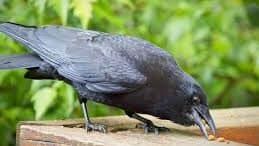
Despite growing scientific understanding of crow cognition, their gift-giving behavior retains elements of mystery that continue to fascinate researchers and the public alike. Questions remain about the precise motivations behind these offerings. Are they strictly transactional—payment for food—or do they represent something more complex in the crow’s social understanding? The selective nature of the gifts, often items that required effort to locate and transport, suggests more than random behavior or simple conditioning, but definitive conclusions remain elusive.
What makes crow gift-giving particularly compelling is how it challenges traditional boundaries between human and animal relationships. Unlike domesticated animals bred for thousands of generations to bond with humans, crows are fully wild creatures choosing to initiate and maintain relationships with specific people. Their gifts represent a rare window into the possible emotional and social lives of wild animals—a glimpse of how they perceive us and their world. As research continues, these crow-human relationships remind us that intelligence, emotional complexity, and the capacity for trust transcend species boundaries in ways we’re only beginning to understand.
The phenomenon of crows leaving gifts for trusted humans represents one of the most intriguing intersections of human and animal worlds—a place where wild intelligence meets human kindness in unexpected ways. Through their careful selection of objects and their discerning choice of human recipients, crows demonstrate cognitive and social capabilities that continue to expand our understanding of animal consciousness. These avian offerings invite us to reconsider traditional boundaries between species and recognize the potential for meaningful connections that transcend our differences.
For those fortunate enough to experience this remarkable behavior firsthand, crow gifts often become treasured reminders of a relationship built on mutual respect rather than dominance or domestication. Scientists studying these behaviors gain valuable insights into the evolution of intelligence and the foundations of social reciprocity across species lines. Perhaps most importantly, these crow-human relationships remind us that we share our world with other thinking, feeling beings capable of recognizing kindness and choosing to return it in their own way.
As we continue to learn more about crow cognition and behavior, their gift-giving reminds us to approach the natural world with humility and openness to the possibilities of connection. In a small trinket delivered by a wild crow to a trusted human friend, we glimpse something profound—the universal language of reciprocity that may underlie all social relationships, regardless of species. These humble offerings from the crow world to ours stand as testament to the unexpected bridges that can form when we approach other species not as resources to be used but as intelligent beings worthy of respect and capable of remarkable forms of communication.
- America’s Most Endangered Mammals And How to Help - August 9, 2025
- The Coldest Town in America—And How People Survive There - August 9, 2025
- How Some Birds “Steal” Parenting Duties From Others - August 9, 2025

